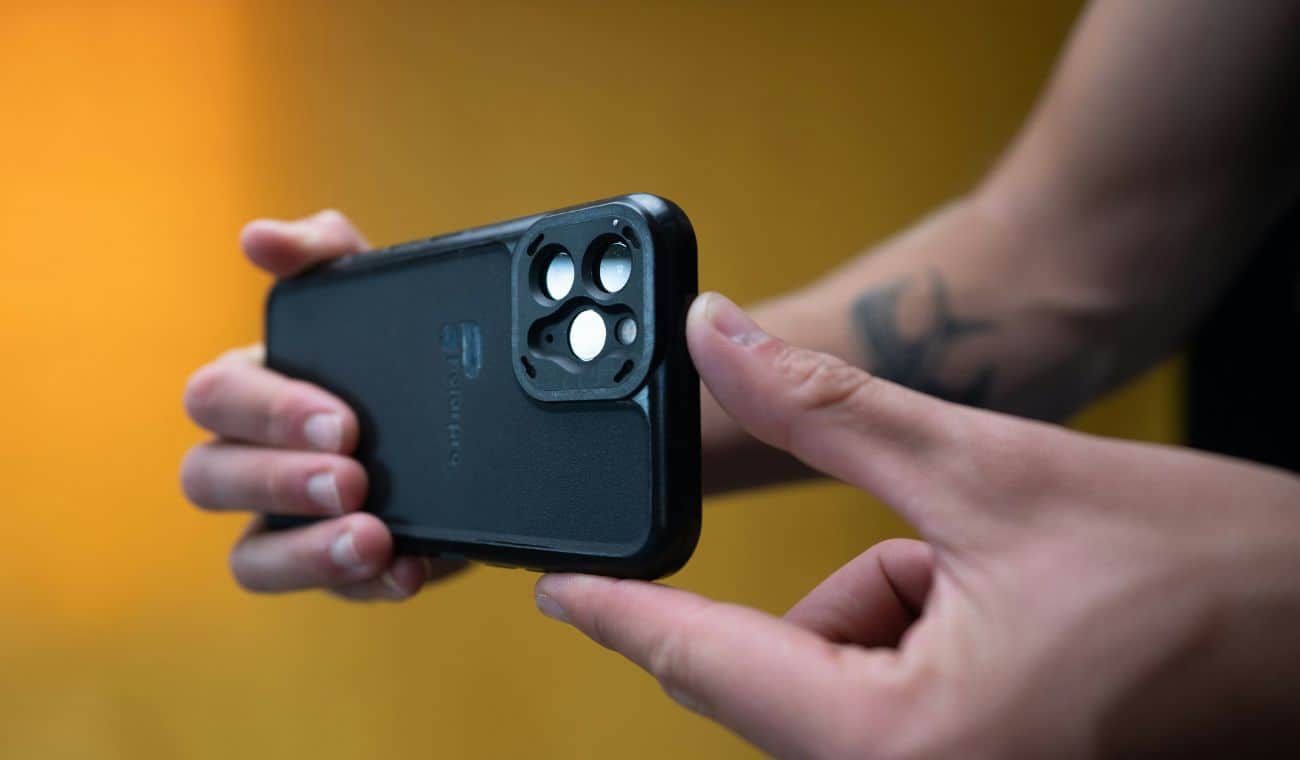
YouTube Shorts metrics – turning data into insights
Reading Time: 4 minutesYouTube Shorts metrics have changed how marketers measure success on the platform. Metrics that made sense for long-form videos don’t behave the same way in a swipe-driven feed. Here, watch time is counted in seconds instead of minutes, retention drops faster, and looping can inflate views in ways that don’t always mean success.
If you’re still reporting on Shorts using traditional benchmarks, you’re missing the story. In this post, we explore which YouTube metrics still matter, which ones need a new lens, and how to turn data into meaningful insights for your next campaign.
Why YouTube Shorts matter for marketers
YouTube Shorts are vertical videos up to 60 seconds long, designed for quick swipes and instant impact. They’ve quickly become a global force, generating over 200 billion daily views – more than triple what they achieved in 2022.
For marketers, that scale means two big things:
Discoverability. Shorts reach people who might never click on a long-form video. The feed puts your content in front of audiences based on behaviour, not search terms.
Engagement. Fast-moving clips make it easier for viewers to like, comment, share and subscribe – all signs of brand momentum.
Shorts are powered by recommendations rather than search or playlists. That means metrics like click-through rate matter less than hook strength and retention. To succeed, you need to know which signals the algorithm now cares about.
Core YouTube metrics that still apply
Some familiar metrics still form the backbone of good performance analysis – but their meaning has shifted slightly in the world of Shorts.
Views and engaged views
YouTube now counts a view as soon as a Short starts playing or looping. There’s no minimum watch time. The stricter definition – where someone watches for a few seconds before it counts – appears in YouTube Analytics as engaged views.
When you’re reporting results, use both:
– Views as they show reach.
– Engaged views as they show quality and eligibility for monetisation.
Treat the second as your real indicator of success.
Watch time and average view duration
Watch time remains one of YouTube’s strongest distribution signals. Even though Shorts inflate view numbers, the metric that drives visibility is still total watch time and average view duration. Prioritise edits, pacing, and hooks that keep viewers watching to the end – and ideally replaying.
Likes, comments, and shares
Engagement actions remain powerful. While likes alone don’t trigger distribution, a Short with high comment and share rates signals genuine resonance. Use these to gauge audience reaction beyond simple scroll-throughs.
Subscribers gained
Subscribers gained shows how your Shorts contribute to long-term growth. Because Shorts audiences often swipe through quickly, subscription rates are usually lower than for long-form content. That doesn’t make them less valuable – think of Shorts as a top-of-funnel awareness tool that keeps your brand visible.
Audience retention and looping
Audience retention tells you how well you hold attention. On Shorts, the average percentage viewed can exceed 100%. That’s not a bug – it means viewers are rewatching a moment. Those loops often reveal what’s creatively working, so identify the timestamp and see if there’s a pattern worth repeating.
YouTube shorts metrics you should be closely watching
Shorts analytics come with their own set of insights. Understanding these is key to improving creative and reporting accurately.
Viewed vs. swiped away
This metric shows how many people stopped to watch versus how many kept scrolling. Think of it as your “hook health” score. If the swipe-away rate is high, your first second needs a stronger visual or faster opening line.
You can find it under Studio → Analytics → Content → Shorts.
Shorts feed vs. other traffic sources
Your traffic source breakdown reveals where discovery happens. Ideally, most views should come from the Shorts feed. If you see more traffic from Search or Channel Pages, your video might feel too long-form. Try tightening your intro or using captions to increase feed performance.
Retention graphs and replays
Retention graphs highlight when viewers replay a section. If you see a spike, identify the exact moment and use it as inspiration for future hooks. Just remember – looping alone isn’t a win. Pair it with strong engagement or subscriber growth to validate success.
Shown in feed and swipe performance
The “shown in feed” metric indicates how often your video appears in the Shorts carousel. If this number is low, the algorithm may not be confident that your content fits the Shorts format. Check your framing, captions, and vertical crop.
Tools to simplify Shorts reporting
Tracking Shorts alongside TikTok and Reels can be messy. These tools make it easier to compare performance and spot insights fast.
YouTube Studio (free)
The native option for clear Shorts analytics. Use it to view reach, engagement and audience tabs, or compare videos in Advanced Mode. It’s where the algorithm’s “official” data lives.
TubeBuddy
Best for testing and optimisation. The A/B Testing feature helps refine thumbnails, titles, and pacing, while the Retention Analyser highlights where viewers drop off. Great for improving creative decisions with data. Prices from US$12 per month.
vidIQ
Perfect for spotting momentum. Its Views-Per-Hour and Shorts Scorecard metrics show real-time traction, helping you double down on what’s taking off. Prices from US$16 per month.
CoSchedule
Ideal for cross-platform marketers. Its Shorts report compares YouTube, TikTok, and Reels data in one dashboard and uses AI to translate metrics like hook rate or retention dips into recommended next steps. Custom pricing offered.
Social Blade
Useful for benchmarking and forecasting. It tracks uploads, views and subscribers at the channel level, giving you long-term context for growth trends. Prices from US$4.50 per month.
YouTube shorts metrics: turning data into action
Understanding Shorts metrics is only half the job – the real value comes from what you do with them.
Here’s a simple checklist for each new upload:
– Check viewed vs. swiped away. If too many users scroll past, adjust your first second.
– Review shown in feed. Low impressions mean the format or framing may be off.
– Analyse retention graphs. Looping or replays highlight moments that resonate.
– Compare engaged views and watch time. Focus reporting on quality views, not raw numbers.
Track comments and subscribers. They’re still the truest signs of audience connection.
And finally..
YouTube Shorts has rewritten the rulebook for video analytics. The metrics you once used to measure success – click-through rates, minutes watched, view counts – no longer tell the full story.
To measure what matters, prioritise engaged views, watch time, retention and real engagement. Treat every Short as a creative test, use data to guide your next move and you’ll build a channel that earns not just views – but real attention.
Post a Comment
You must be logged in to post a comment.




